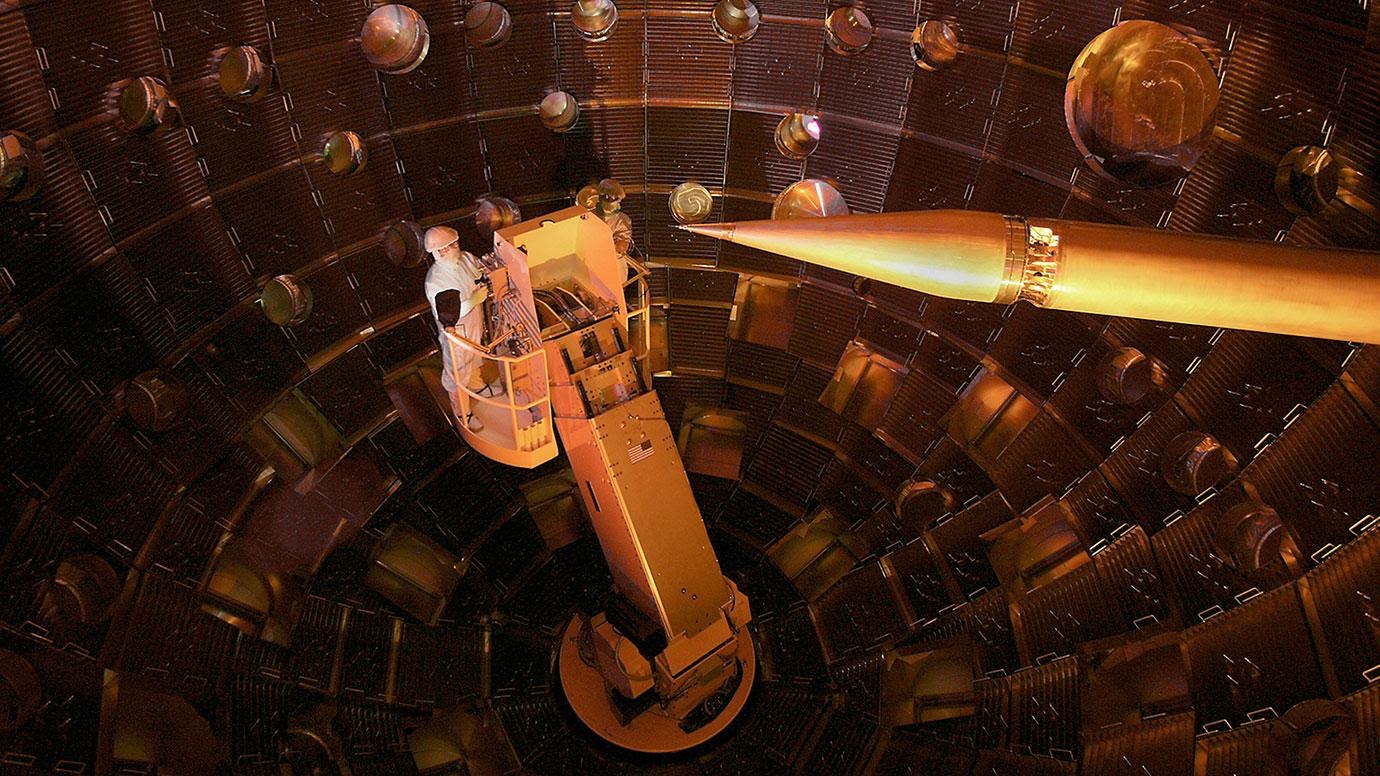Galaxies don’t exist in a vacuum. Ok, maybe they do (mostly, since even interstellar space has some matter in it). But galaxies aren’t normally solitary objects. Multiple galaxies interacting gravitationally can form clusters. These clusters can interact with each other, forming superclusters. Our own galaxy is part of a group of galaxies called the Local Group. This Local Group is part of the Virgo Supercluster, which is in turn a part of a group of superclusters called the Laniakea Supercluster.
Mixed in with all of these galaxies is a lot of heat, with extremely high temperatures comparable to the core of our Sun, around 10 million Kelvin (27 million degrees Fahrenheit). This temperature is so hot that hydrogen atoms cannot exist, and instead of gas a plasma forms of protons and electrons. This is a problem for physicists though, who say it shouldn’t be that hot.
As Gianluca Gregori, a professor of physics at University of Oxford and one author of a new paper detailing an experiment to recreate the conditions inside a galaxy cluster, puts it: “The reason why the gas inside the galaxy cluster should have cooled down is simply due to the fact that the cluster has existed for a very long time (for a time which is comparable to the age of the Universe). So, if we assume thermal conduction works in the normal way, we would have expected the initial hot core to have dissipated its heat by now. But observations shows it has not.”

The problem with trying to create an experiment that will help scientists understand what’s going on is that the temperatures are so high it is almost impossible to do. Unless you have 192 lasers working simultaneously. You can find this at the National Ignition Facility located at the Lawrence Livermore National Laboratory in Livermore, California.
The NIF is large enough to fit three football fields in it. Through a series of amplifiers and other equipment a beam is generated that delivers more than 2 million joules of ultraviolet energy and up to 500 trillion watts of power. This is directed at a target about the size of a pencil eraser and lasts for only about a few billionths of a second.
That short amount of time was enough for scientists to record the measurements they needed. What they found was that there are hot and cold spots within the plasma created. As theory suggests and this experiment provides evidence for, there are tangled magnetic fields inside the plasma that prevent electrons from dispersing evenly, thus preventing heat from dissipating through normal thermal conduction.
With the National Ignition Facility’s laser, scientists only get a few shots at getting it right. And since the experiment conditions only last a few billionths of a second scientists have to make sure that everything is set up and runs properly, including making the measurements.
In order to do this, University of Rochester professor Petros Tzeferacos, who leads the University of Rochester’s Flash Center for Computational Science, used computer code called FLASH (a publicly available multiphysics multiscale simulation code) to make simulations of the experiment ahead of time so that when it came time to perform the experiments everything went properly.
This experiment shows just how difficult it is to test some scientific theories. But these are the theories that must be tested if we are to gain a better understanding of the Universe and how it works. Just the knowledge itself is enough of a reason for some of us to keep pushing forward with the sciences. However, sometimes we get something out of the process that we can put to use for ourselves here on Earth, or out in space as we become a spacefaring race.
Later this year the team will perform more experiments to try to find out what exactly is going on with the gas inside galaxy clusters. Who knows where this information will take us? But 192 high powered lasers that produce the conditions inside the core of a star… if nothing else that’s just cool.
More:
- National Ignition Facility: What is NIF?
- Flash Center at University of Rochester: Flash Center for Computational Science
- Science Advances: Strong suppression of heat conduction in a laboratory replica of galaxy-cluster turbulent plasmas

